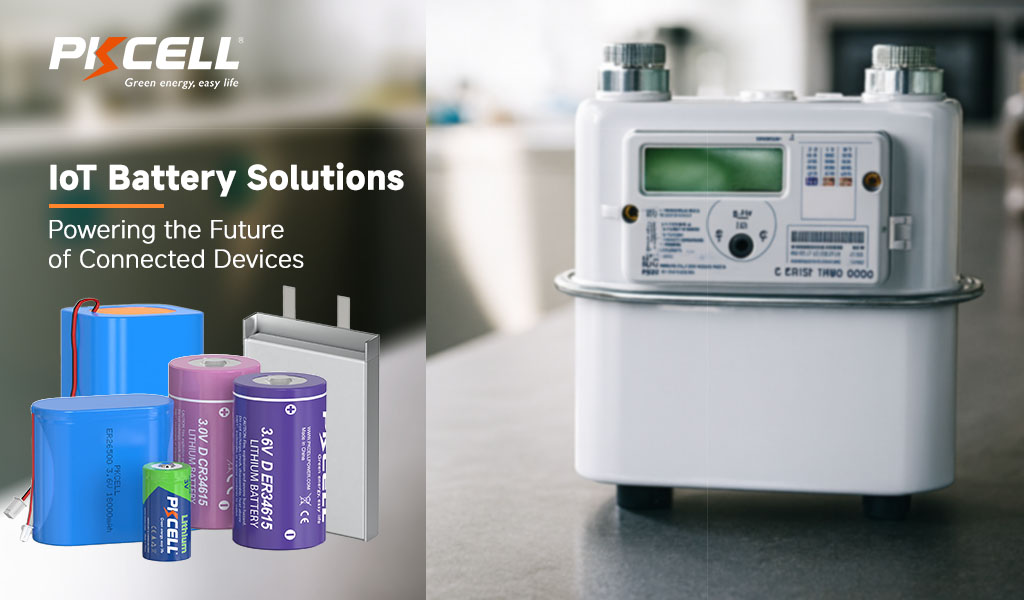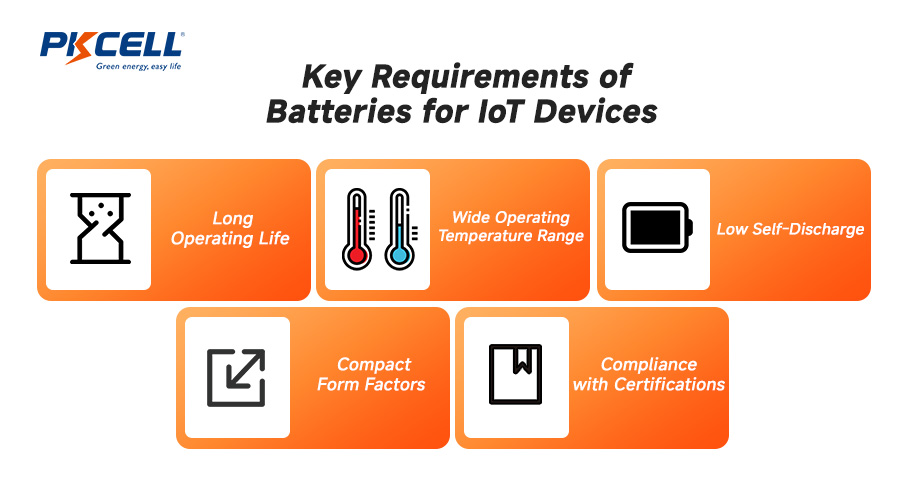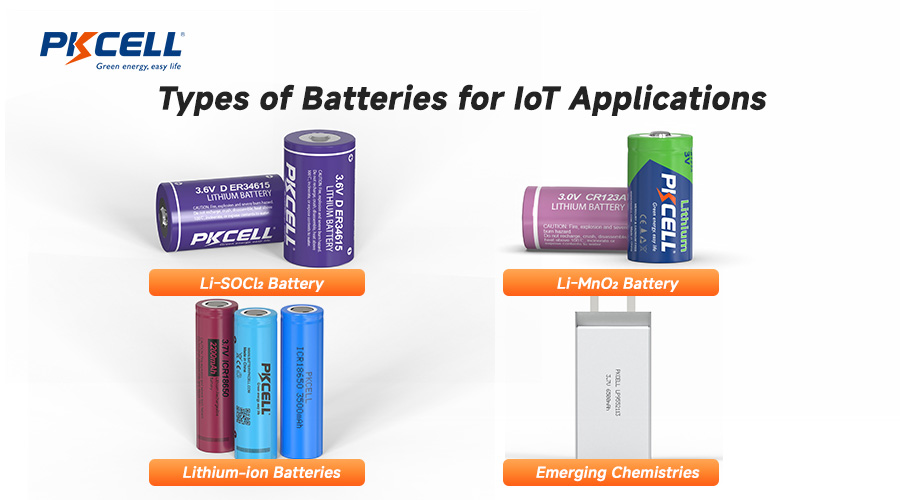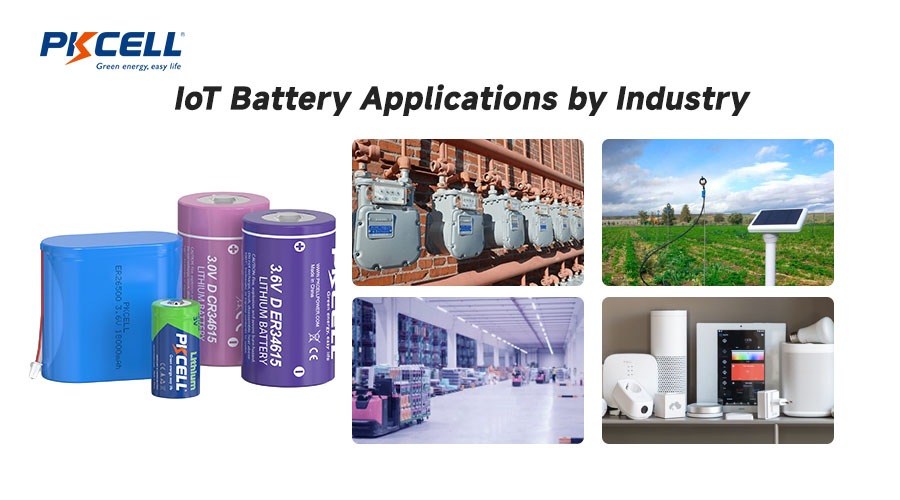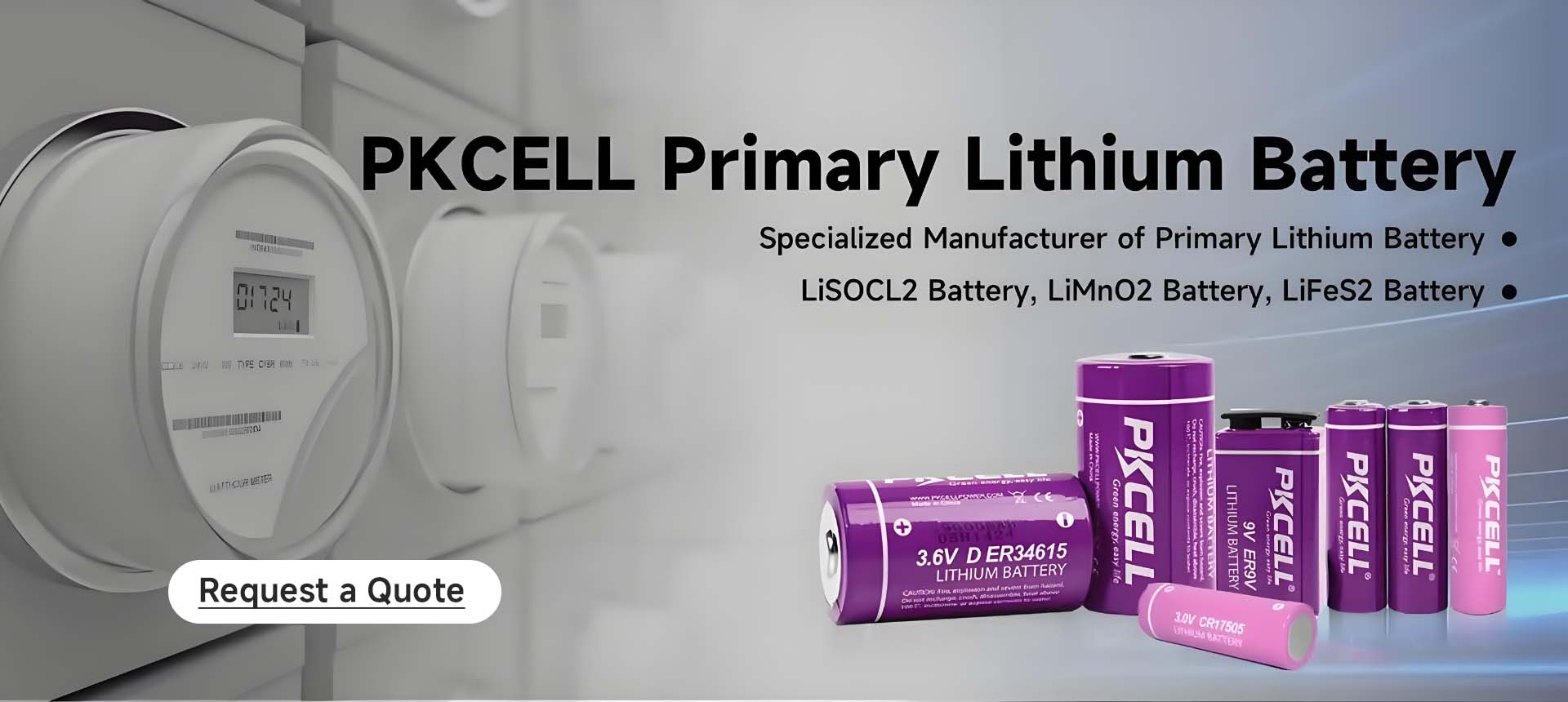What Is an IoT Battery?
The Internet of Things (IoT) is transforming how businesses, governments, and consumers interact with the physical world. Billions of connected sensors, meters, trackers, and smart devices rely on one thing: power. Without reliable batteries, IoT would not scale beyond prototypes.
An IoT battery is specifically engineered to deliver stable, long-term energy to small, networked devices. Unlike conventional consumer batteries, these cells must balance high performance with longevity, low maintenance, and compact size.
Key Requirements of Batteries for IoT Devices
Long Operating Life (5–20 Years)
IoT devices are often deployed in hard-to-reach places: underground water meters, remote sensors in fields, or GPS trackers on global shipments. Replacing batteries frequently is expensive and impractical. A true long-life IoT battery delivers up to two decades of performance.
Wide Operating Temperature Range
From desert climates to arctic winters, battery powered IoT devices face extreme conditions. The right cells must function between –55°C and +85°C without performance loss.
Low Self-Discharge and Reliability
IoT devices spend most of their time in sleep mode, waking only to transmit data. A battery with low self-discharge ensures energy is preserved during these long idle periods.
Compact Form Factors for Miniaturized Devices
Devices like medical implants or environmental sensors demand ultra-compact batteries. IoT battery packs can be customized in cylindrical, coin, or prismatic designs to fit unique applications.
Compliance with Certifications
Safety and compliance matter in every industry. Reliable IoT cells meet UN38.3, IEC, RoHS, and UL standards for transportation, performance, and environmental safety.
Types of Batteries for IoT Applications
Lithium Thionyl Chloride (Li-SOCl₂) Batteries
Among all the chemistries available for IoT batteries, Lithium Thionyl Chloride is often considered the gold standard. It combines an exceptionally high energy density with an ultra-low self-discharge rate, typically less than one percent per year. This makes it the first choice for long-life IoT applications such as smart water meters, GPS trackers, and industrial sensors.
Lithium Manganese Dioxide (Li-MnO₂) Batteries
Lithium Manganese Dioxide batteries deliver a balance of performance and affordability. They provide a stable voltage output and are relatively easy to integrate into existing device architectures. Many IoT manufacturers choose Li-MnO₂ when they need batteries for IoT devices that require dependable power but do not justify the cost of higher-end chemistries. Smart home controllers, portable environmental monitors, and handheld diagnostic tools are just a few examples where this chemistry proves effective. It offers consistent performance in both consumer and industrial markets without pushing the overall system cost too high.
Rechargeable Lithium-ion Batteries
For IoT devices that experience frequent usage or require bursts of higher current, rechargeable lithium-ion batteries are often the most practical solution. These cells are well-suited to battery powered IoT devices such as medical monitoring systems, wearable trackers, or connected handheld tools. Their ability to undergo hundreds of charge and discharge cycles makes them an excellent fit for environments where downtime is not acceptable and power needs fluctuate. Although they require charging infrastructure, their versatility and scalability as IoT battery packs make them a critical part of the ecosystem.
Emerging Chemistries (Solid-State, NMC, Li-Polymer)
The IoT industry is also looking for next-generation chemistries. Solid-state batteries, for example, bring enhanced safety and the potential for higher energy density. NMC batteries strike a balance between power and energy density, making them attractive for IoT battery pack solutions. Li-Polymer cells, on the other hand, offer flexibility in design, allowing device manufacturers to create slimmer, lighter, and more compact devices without compromising runtime.
IoT Battery Applications by Industry
Smart Metering (Water, Gas, Electricity)
Utilities worldwide are replacing mechanical meters with smart IoT devices. Long-life Li-SOCl₂ batteries enable 10–20 years of continuous monitoring.
GPS Trackers and Asset Monitoring
Logistics companies depend on trackers that transmit location every few minutes. PKCell provides IoT battery packs engineered for multi-year deployments.
Smart Agriculture and Environmental Sensors
From soil moisture monitoring to weather stations, reliable batteries for IoT devices enable precision farming, reducing waste and maximizing yields.
Cold Chain Logistics and Medical IoT Devices
Temperature-sensitive vaccines and biologics require monitoring throughout transport. Custom IoT battery solutions keep these devices running in harsh, low-temperature environments.
Smart Home and Industrial IoT
From security systems to predictive maintenance sensors in factories, industrial IoT batteries ensure uninterrupted operation.
Comparison Table: IoT Battery Chemistries
How to Select the Right IoT Battery for Your Device
Matching Chemistry to Application Needs
Long-life metering projects → Li-SOCl₂
Frequent recharge devices → Rechargeable lithium-ion
Low-cost consumer IoT → Li-MnO₂
Energy Density vs. Power Density
Another important consideration is whether your device requires long-lasting, steady energy delivery or short bursts of high current. For instance, a GPS tracker needs high power bursts to transmit signals.
Customization Options
OEMs need IoT battery packs with added features like tabs, connectors, or protection circuits. These modifications improve integration with PCBs and ensure safer operation in the field. PKCell offers custom IoT battery pack solutions with tabs, connectors, or protection circuits. This flexibility ensures seamless integration.
Vendor Considerations
Beyond specs, look for a supplier with proven scalability, certifications, and global logistics support. Partnering with an experienced vendor helps avoid supply chain issues and ensures your IoT devices perform consistently over years of operation.
Conclusion: Unlocking the Power of IoT with Reliable Batteries
IoT success depends on energy. From smart meters to GPS trackers and medical devices, every innovation requires a dependable IoT battery solution. PKCell delivers long-life, certified, and customizable batteries to meet global demand. If you have any battery needs, just contact us today!
Contact Us and Request a Quote
FAQs About IoT Batteries
Q1: What type of battery is best for IoT devices?
Li-SOCl₂ is best for long-life devices like smart meters, while Li-ion works for rechargeable wearables.
Q2: How long do IoT batteries last?
Between 5 and 20 years, depending on chemistry and application.
Q3: Can IoT batteries work in extreme temperatures?
Yes, certain chemistries like Li-SOCl₂ operate from –55°C to +85°C.
Q4: What certifications are required for IoT batteries?
Look for UN38.3, IEC, RoHS, and UL compliance.
Q5: What is the difference between Li-SOCl₂ and Li-MnO₂ batteries for IoT?
Li-SOCl₂ lasts longer with lower self-discharge, while Li-MnO₂ is more cost-effective.
Post time: Sep-19-2025


